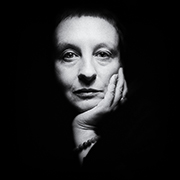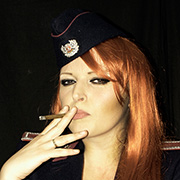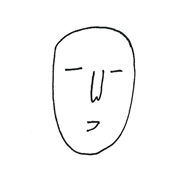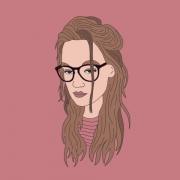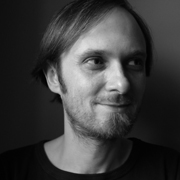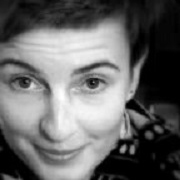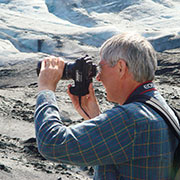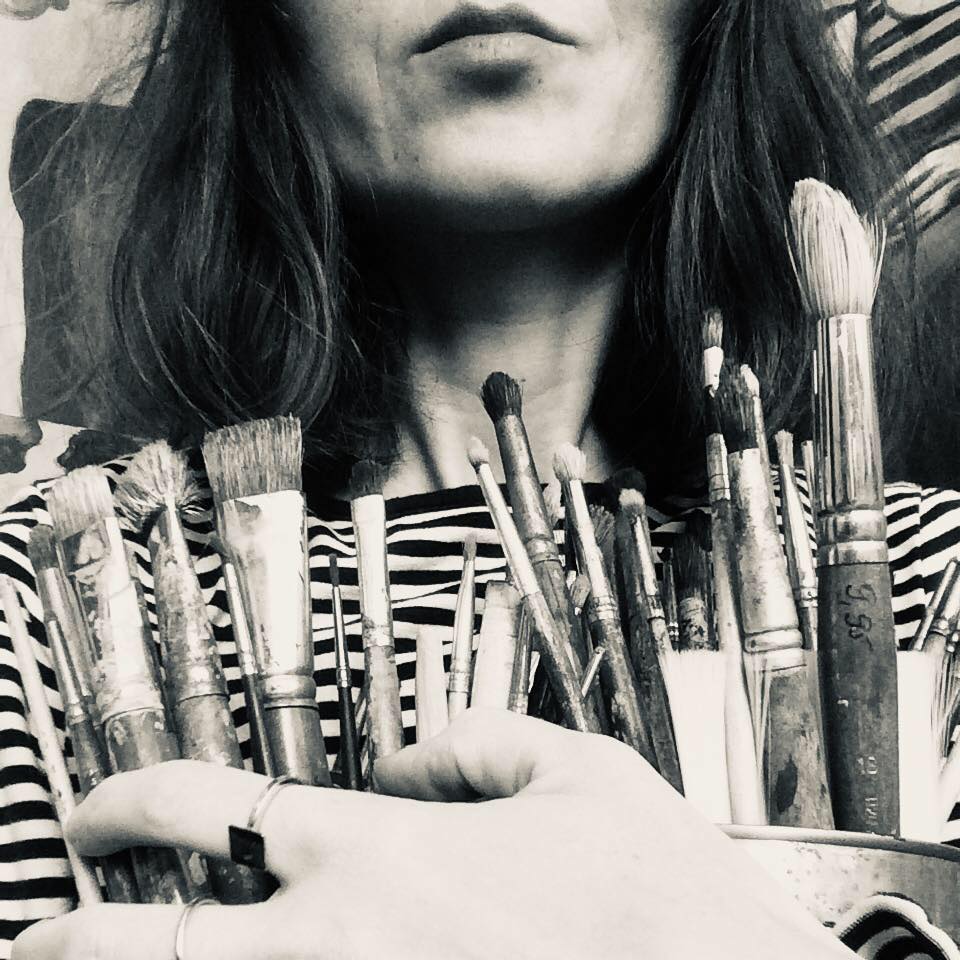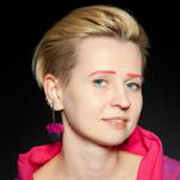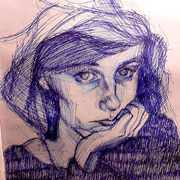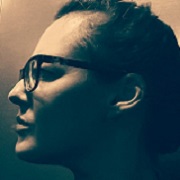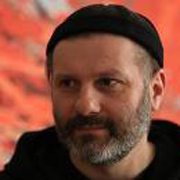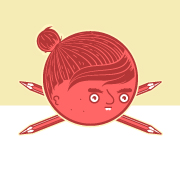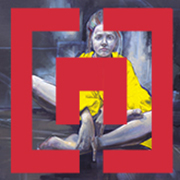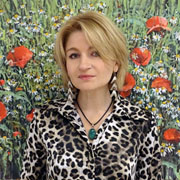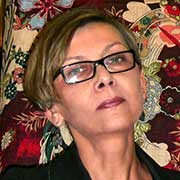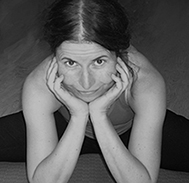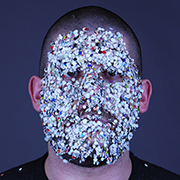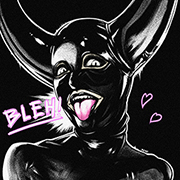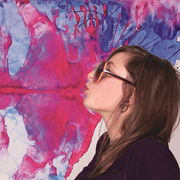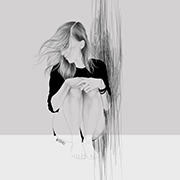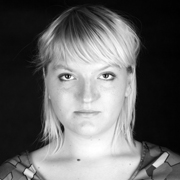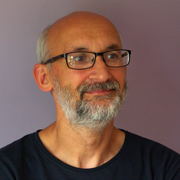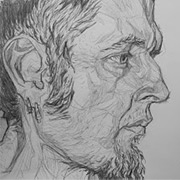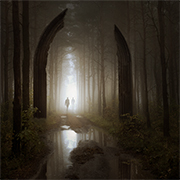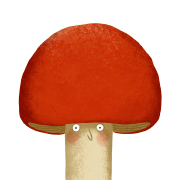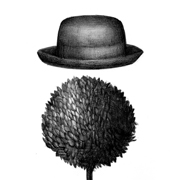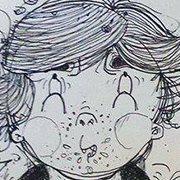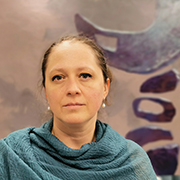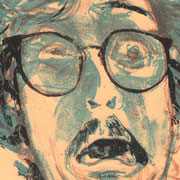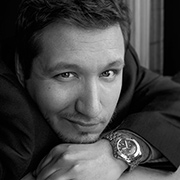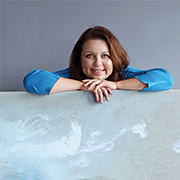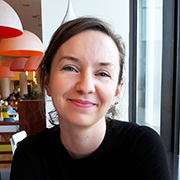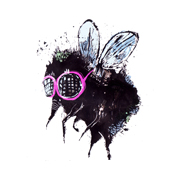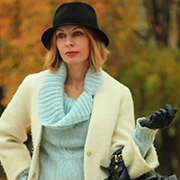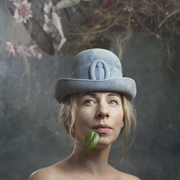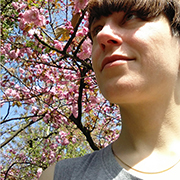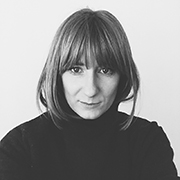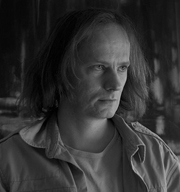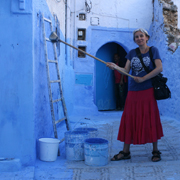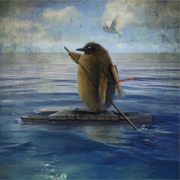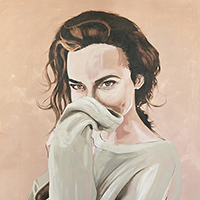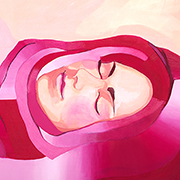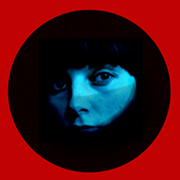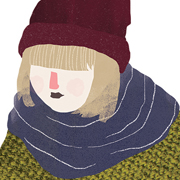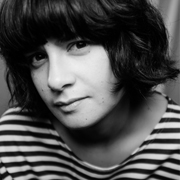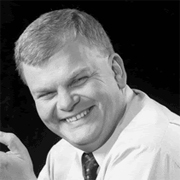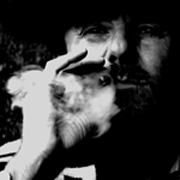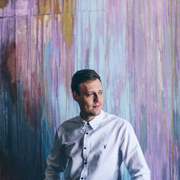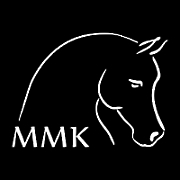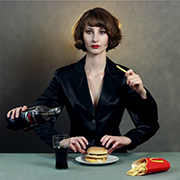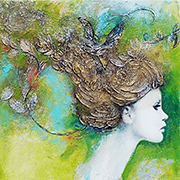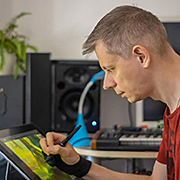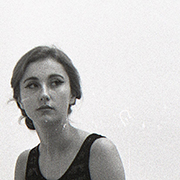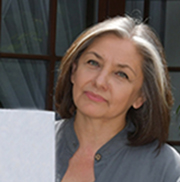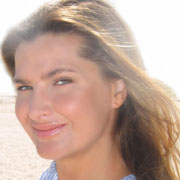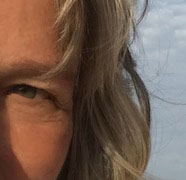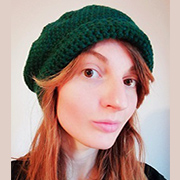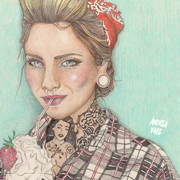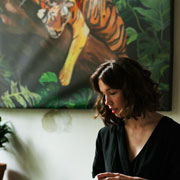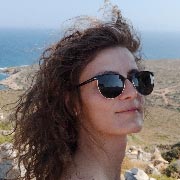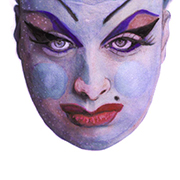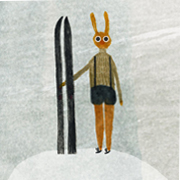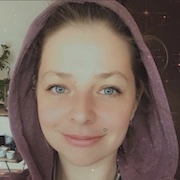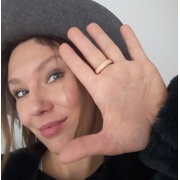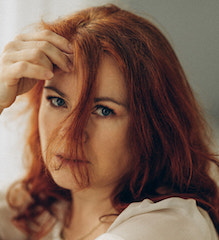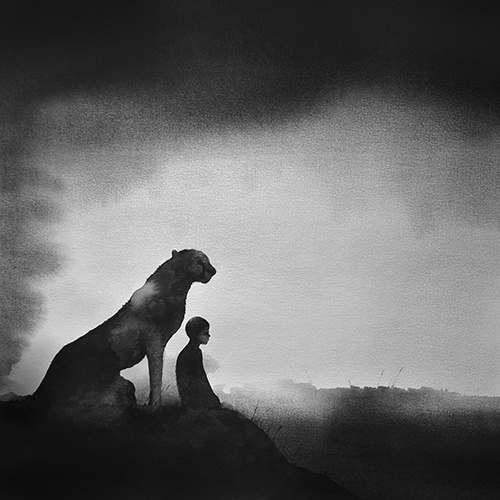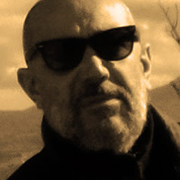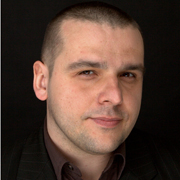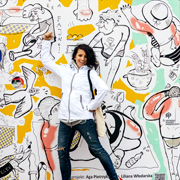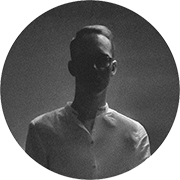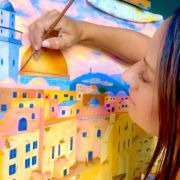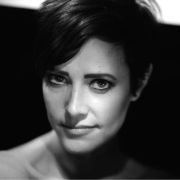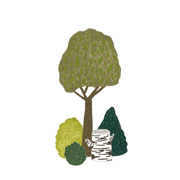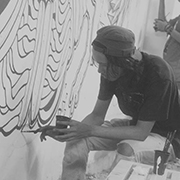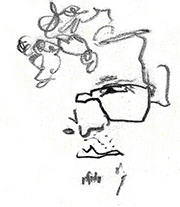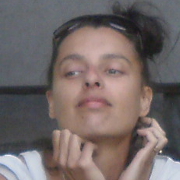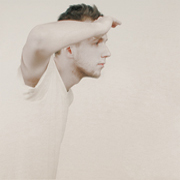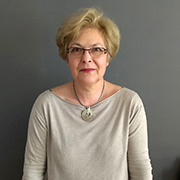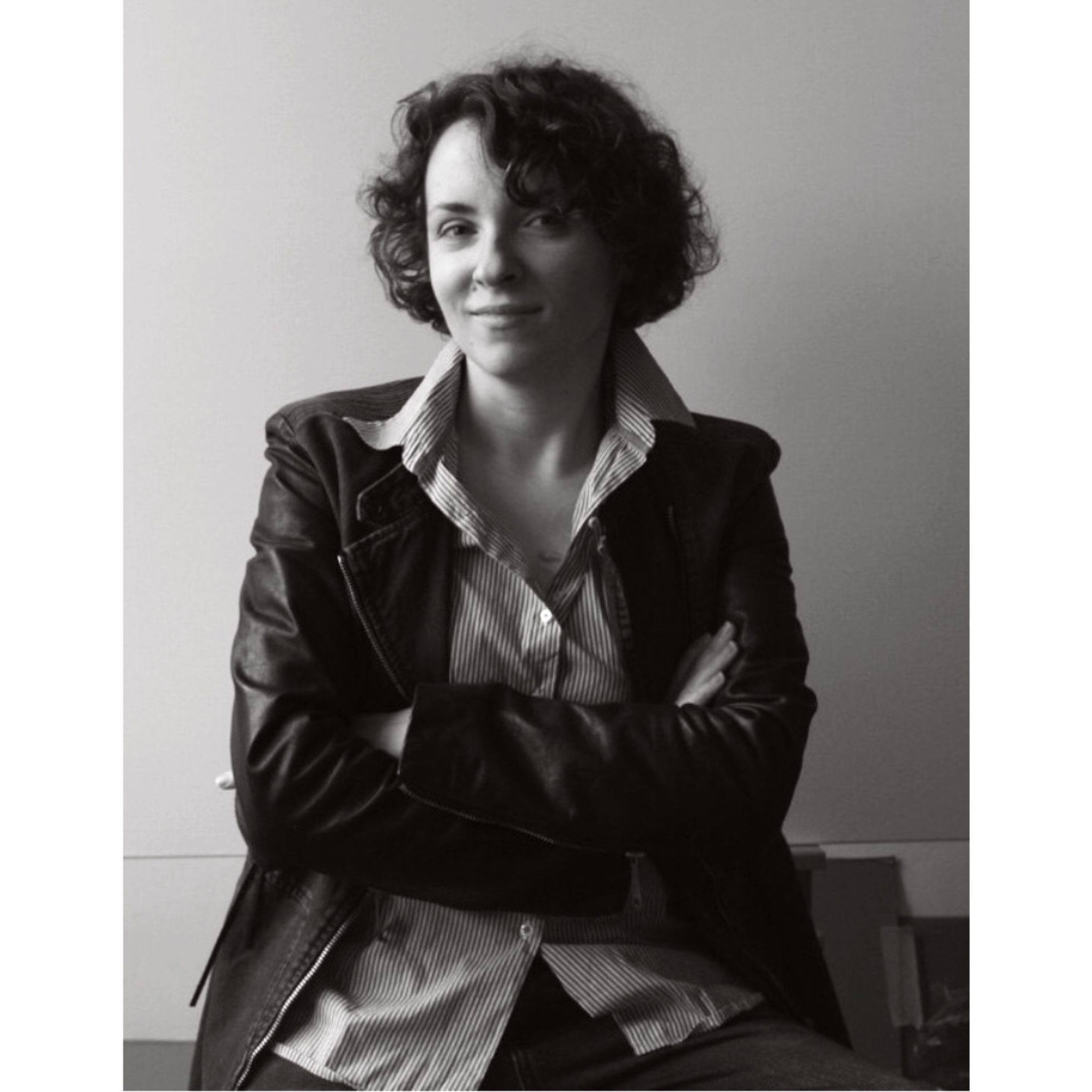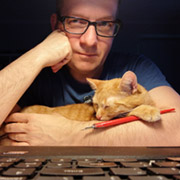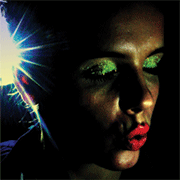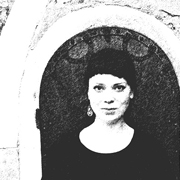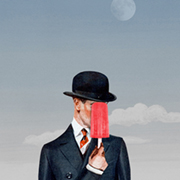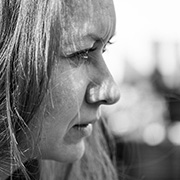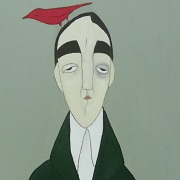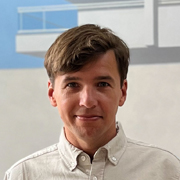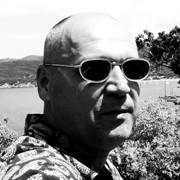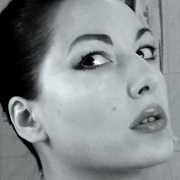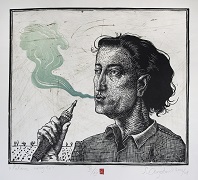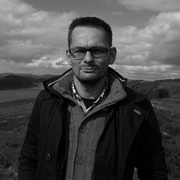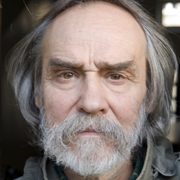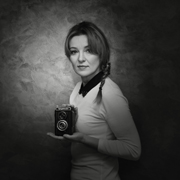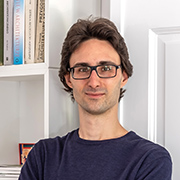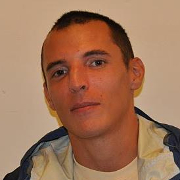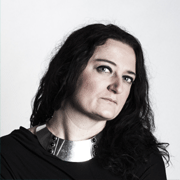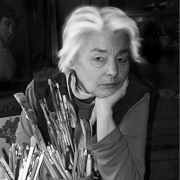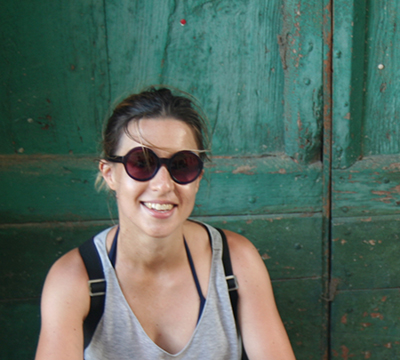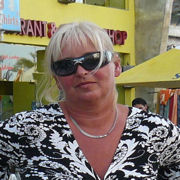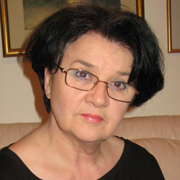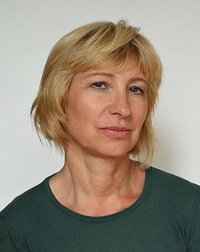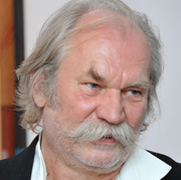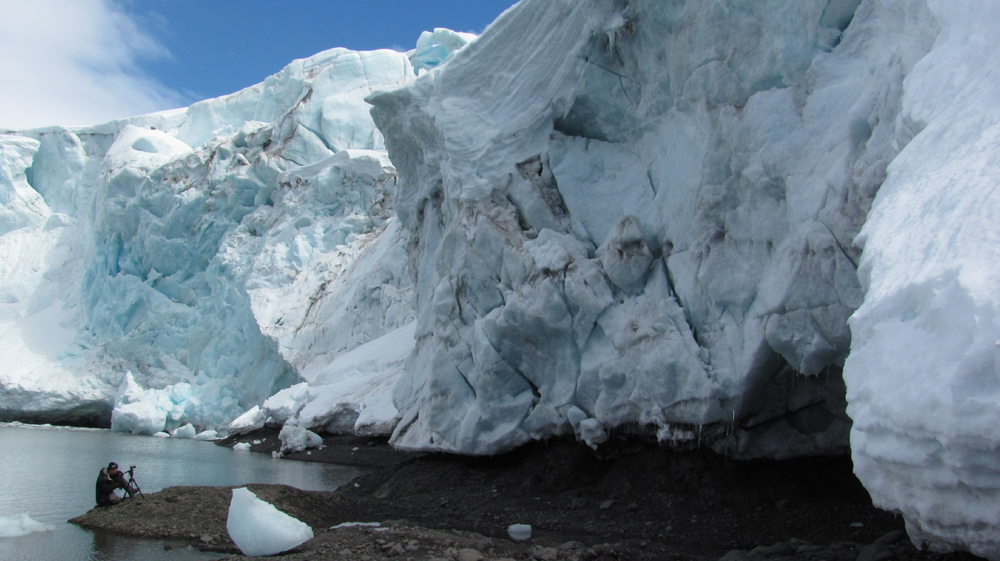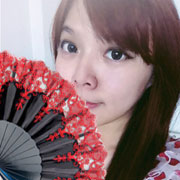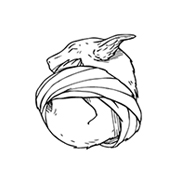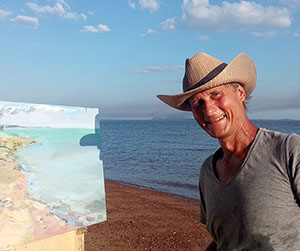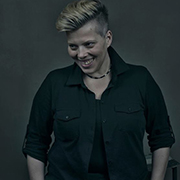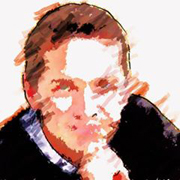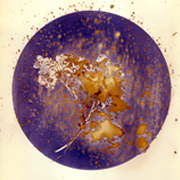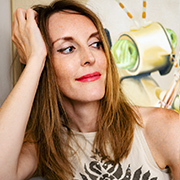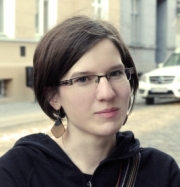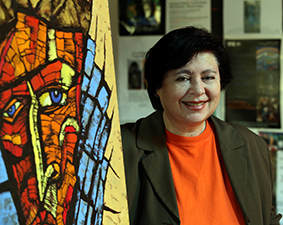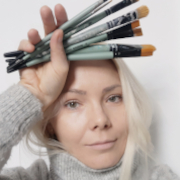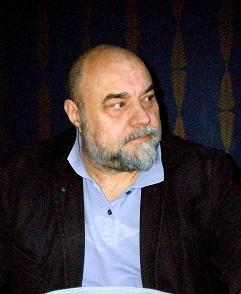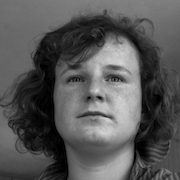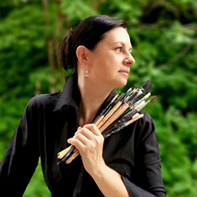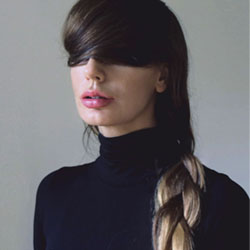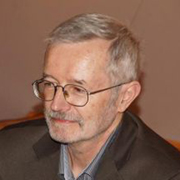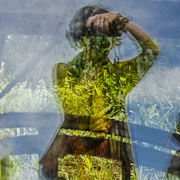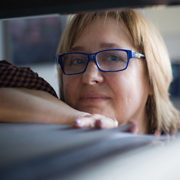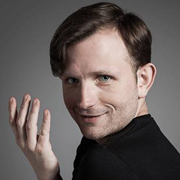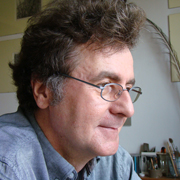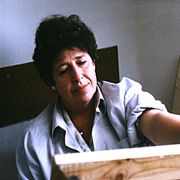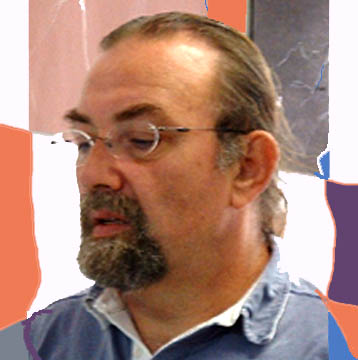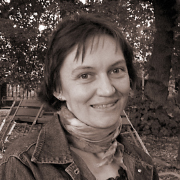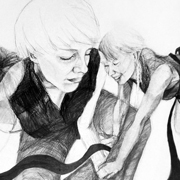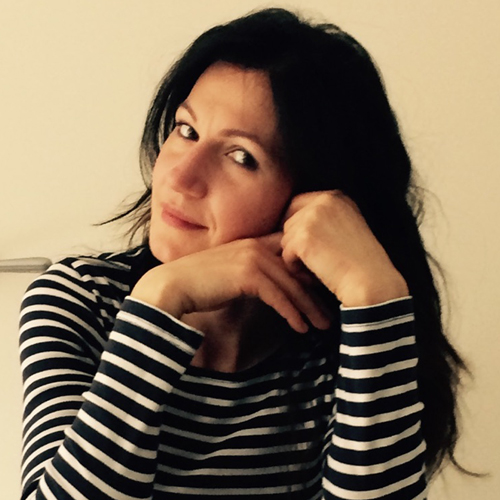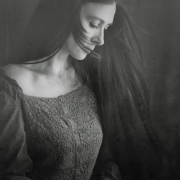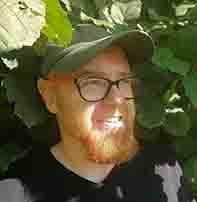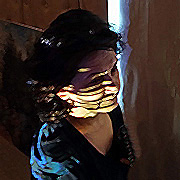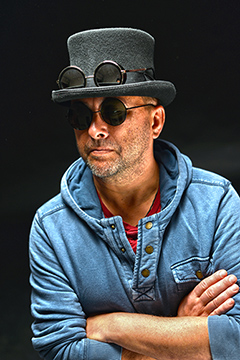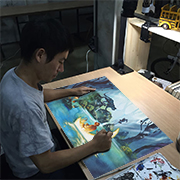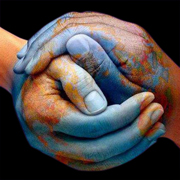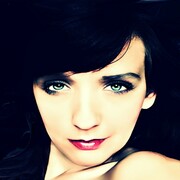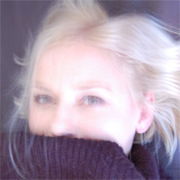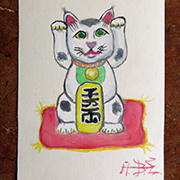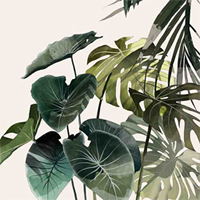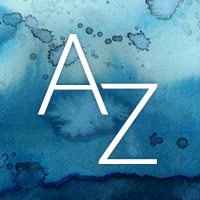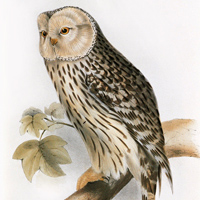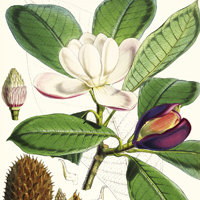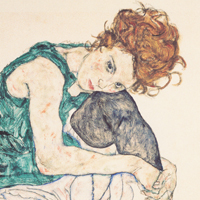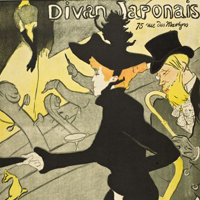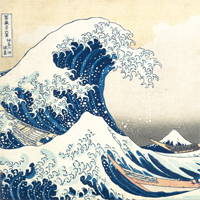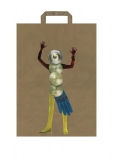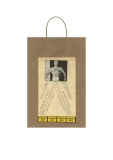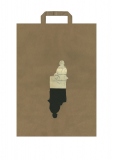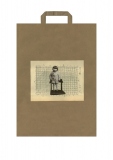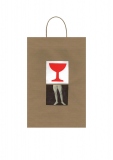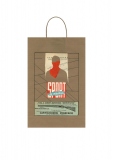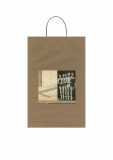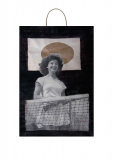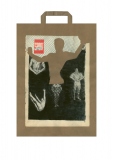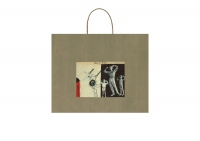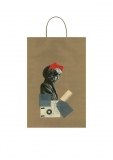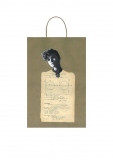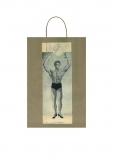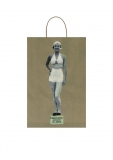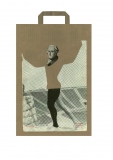ANNE PLAISANCE
ARTSTORE
Anne Plaisance
Visual Artist
Individual Exhibitions:
2015: Badrooms, Galeria Przechodnia, Warsaw and Cracow
2014:
Born to fly, Galerie 18a, Warsaw, Poland
Pieces, Michel Moran, Warsaw, Poland
2013:
There is more fun in Warsaw, Michel Moran, Warsaw, Poland
Prêt-à-porter, Skwer Hoovera, Warsaw, Poland
Under the Honorary Patronage of the French Ambassador in Poland (catalogue)
2012: Caprices,Van Gogh Gallery, BOK, Warsaw, Poland
2011: La vie en rose, 022 Gallery, ZPAP, Warsaw, Poland (catalogue)
Selected Collective Exhibitions:
2014:
Sketchbook Project Library, Art Basel, Miami, USA
Interferences, Second Home Gallery, Berlin, Germany (catalogue)
Positiveart, DAP Gallery, ZPAP, Warsaw, Poland
Positiveart, Fort Sokolnicki Art Center, Warsaw, Poland (catalogue)
Art Fresh Festival, hotel Sheraton, Warsaw, Poland (catalogue)
Lutoslawski, Kielce Philarmonic, Kielce, Poland (catalogue)
2013:
Lutosławski, DAP Gallery, ZPAP, Warsaw, Poland
Interferences, Fort Sokolnicki Art Center, Warsaw, Poland
A million Little Pictures/Analog, Brooklyn Art Library, New York, USA
Creative Rising, See Me Gallery, New York, USA
Positiveart, DAP Gallery, ZPAP, Warsaw, Poland (catalogue)
Sketchbook project tour in Canada and in the USA (selected venues) : Brooklyn Art Library in NY, Space Gallery in Portland, Nelson-Atkins Museum of Art in Kansas City, San Francisco Center for the book, Iam8bit in Los Angeles, Watkins College of Art and Design in Nashville, Santa Barbara Museum of Art, Indianapolis Art Center, Goat Farm Arts Center in Atlanta, Hunter Museum in Chattanooga, Milwaukee Institute of Art and Design, Dahl Art Center in Rapid City
Open Garden’s festival, Oko Podkowy Gallery Podkowa Leśna, Poland (catalogue)
Kontrapunkt, Elektor Gallery, the Masovian Art Center for Culture, Warsaw, Poland
Tour exhibition in Jeddach and in the middle-east countries
2012:
International exhibition, National Opera, Cairo, Egypt
1001 Artists Project, Scope Art Miami, Miami, USA (catalogue)
Warsaw in Vilnius, Polish House, Vilnius, Lithuania
Grafiteka,DAP Gallery, ZPAP, Warsaw, Poland
Turn on, Tune in, Factory-Art Gallery, Berlin, Germany (catalogue)
Young at Art, ZPAP, Warsaw, Poland
Far and nearby travelling –DAP Gallery, ZPAP, Warsaw, Poland (catalogue)
Women –Museum night, Pracownia Otwarta, Warsaw, Poland
New Opening –ZPAP Centenery, ZPAP, Warsaw, Poland (book)
2011:
At the world’s crossroads, DAP Gallery, ZPAP, Warsaw, Poland
Reality from the past, Festival Warsaw of Singer, Warsaw, Poland
Awards:
2014: Jury Prize, 7th Salon des Arts, Maisons-Laffitte, France
Selected bibliography:
-in english:
http://vimeo.com/49667659
-in french:
http://institutfrancais.pl/culture/2013/03/20/pret-a-porter-une-exposition-danne-plaisance/
http://www.lepetitjournal.com/lesbonsplans/details.php?city=13&type=A&id=21656
http://www.lepetitjournal.com/varsovie/communaute/80575-varso-et-vous-anne-plaisance-ou-la-vie-en-rose.html
http://www.lepetitjournal.com/varsovie/a-voir-a-faire/147068-bref-culture-les-rendez-vous-de-l-institut-francais568
-in polish:
http://www.artbiznes.pl/index.php/sztuka-do-noszenia/
http://www.artinfo.pl/?pid=events&sp=relation&id=15537&lng=1
http://kultura.wp.pl/gid,15232044,title,Anne-Plaisance-wolno-i-pasja,galeria.html?ticaid=114364
Visual Artist
Individual Exhibitions:
2015: Badrooms, Galeria Przechodnia, Warsaw and Cracow
2014:
Born to fly, Galerie 18a, Warsaw, Poland
Pieces, Michel Moran, Warsaw, Poland
2013:
There is more fun in Warsaw, Michel Moran, Warsaw, Poland
Prêt-à-porter, Skwer Hoovera, Warsaw, Poland
Under the Honorary Patronage of the French Ambassador in Poland (catalogue)
2012: Caprices,Van Gogh Gallery, BOK, Warsaw, Poland
2011: La vie en rose, 022 Gallery, ZPAP, Warsaw, Poland (catalogue)
Selected Collective Exhibitions:
2014:
Sketchbook Project Library, Art Basel, Miami, USA
Interferences, Second Home Gallery, Berlin, Germany (catalogue)
Positiveart, DAP Gallery, ZPAP, Warsaw, Poland
Positiveart, Fort Sokolnicki Art Center, Warsaw, Poland (catalogue)
Art Fresh Festival, hotel Sheraton, Warsaw, Poland (catalogue)
Lutoslawski, Kielce Philarmonic, Kielce, Poland (catalogue)
2013:
Lutosławski, DAP Gallery, ZPAP, Warsaw, Poland
Interferences, Fort Sokolnicki Art Center, Warsaw, Poland
A million Little Pictures/Analog, Brooklyn Art Library, New York, USA
Creative Rising, See Me Gallery, New York, USA
Positiveart, DAP Gallery, ZPAP, Warsaw, Poland (catalogue)
Sketchbook project tour in Canada and in the USA (selected venues) : Brooklyn Art Library in NY, Space Gallery in Portland, Nelson-Atkins Museum of Art in Kansas City, San Francisco Center for the book, Iam8bit in Los Angeles, Watkins College of Art and Design in Nashville, Santa Barbara Museum of Art, Indianapolis Art Center, Goat Farm Arts Center in Atlanta, Hunter Museum in Chattanooga, Milwaukee Institute of Art and Design, Dahl Art Center in Rapid City
Open Garden’s festival, Oko Podkowy Gallery Podkowa Leśna, Poland (catalogue)
Kontrapunkt, Elektor Gallery, the Masovian Art Center for Culture, Warsaw, Poland
Tour exhibition in Jeddach and in the middle-east countries
2012:
International exhibition, National Opera, Cairo, Egypt
1001 Artists Project, Scope Art Miami, Miami, USA (catalogue)
Warsaw in Vilnius, Polish House, Vilnius, Lithuania
Grafiteka,DAP Gallery, ZPAP, Warsaw, Poland
Turn on, Tune in, Factory-Art Gallery, Berlin, Germany (catalogue)
Young at Art, ZPAP, Warsaw, Poland
Far and nearby travelling –DAP Gallery, ZPAP, Warsaw, Poland (catalogue)
Women –Museum night, Pracownia Otwarta, Warsaw, Poland
New Opening –ZPAP Centenery, ZPAP, Warsaw, Poland (book)
2011:
At the world’s crossroads, DAP Gallery, ZPAP, Warsaw, Poland
Reality from the past, Festival Warsaw of Singer, Warsaw, Poland
Awards:
2014: Jury Prize, 7th Salon des Arts, Maisons-Laffitte, France
Selected bibliography:
-in english:
http://vimeo.com/49667659
-in french:
http://institutfrancais.pl/culture/2013/03/20/pret-a-porter-une-exposition-danne-plaisance/
http://www.lepetitjournal.com/lesbonsplans/details.php?city=13&type=A&id=21656
http://www.lepetitjournal.com/varsovie/communaute/80575-varso-et-vous-anne-plaisance-ou-la-vie-en-rose.html
http://www.lepetitjournal.com/varsovie/a-voir-a-faire/147068-bref-culture-les-rendez-vous-de-l-institut-francais568
-in polish:
http://www.artbiznes.pl/index.php/sztuka-do-noszenia/
http://www.artinfo.pl/?pid=events&sp=relation&id=15537&lng=1
http://kultura.wp.pl/gid,15232044,title,Anne-Plaisance-wolno-i-pasja,galeria.html?ticaid=114364
Anne Plaisance - Born to Fly
She is a young, but already experienced artist. A professional fully aware of form and artistic language, and at the same time, not hesitating to indulge in her whims, like a butterfly emerging from the chrysalis, unaware of the reason and purpose of its enchanting dance in which it captivates the viewer. She is an artist at the meeting point of cultures, and despite her education only seemingly oblivious of the artistic heritage that she is facing in our insatiable and oversaturated world of paradoxes.
In collages her intuitive artistic roots reach back to Dadaism, while her admiration for nature and its forms in painting stems from proto-Renaissance. Her drawings do not impose their beauty on the viewer, do not seduce us with superficial grace. Colours are sophisticated and complex, but never beyond measure. And they always carry a particular meaning; for example, the shades of pink, carmine or orange are never used for their own sake, but serve to convey a message, and to convey it lucidly. Never can one spot even a trace of the “what else should be added here” way of thinking; the form is accomplished, and the space filled with thought. Her art embraces all the qualities that I (and with me the entire world) have always admired in French art, namely, moderation, elegance and restraint, naturalness of forms, but also a certain amount of freedom and lightness deriving from open-air painting, the Barbizon School and its descendants, the Impressionists. All these qualities and means of expression are used moderately, which results in a distinct, rationalized message permeated in every detail with emotions. And these are by no means sentimental or soppy feelings, just like they are not pompous, nor ever adulterated with hysteria or irony; on the contrary: they are always close and affable. The unique self-control of the whole spectrum of human experience, the attention focused on herself, on experiencing and getting to know herself (“know thyself” was a motto above the entrance to the temple of Apollo) cause some sort of tension detectable in drawings. It grows slowly, as the relaxing studies of nature imbued with tranquillity
and harmony are replaced with human and mythical motifs.
In the case of Anne Plaisance, studies of everyday objects – but seen from a different perspective: with a kind of surrealist astonishment and close to a philosophical attitude – count among mythical occurrences. By the same token, a seemingly banal woman’s handbag, or a jar of blusher, become magical, mysterious fetishes, full of promises and love. The world seen through the eyes of Anne Plaisance is one seen on a journey, and not only by plane or car, but on a journey that is experienced with all of one’s soul. A journey that is almost comparable to the period of gestation, with bulging sketchbooks, the amassing of photos and notes, as if preparing a layette for a newborn child. In the calm abode of her studio the artist slightly lowers the level of her expectations and reactions to new reality and simply... creates it herself. She fashions it from readily available materials. From old books, decorations, newspaper cuttings (with special emphasis put on the double entendre of certain words) she “re-creates”
a material-psychic meta-reality. These works, done in the medium of collage, seemingly have a hidden meaning. What murky secret is there hidden in the act of destroying a work of art in order to obtain material for creating an artwork of one’s own? I suppose that one does not necessary have to be a Freudian in order to explain that. Such a practice has a time-honoured tradition. In fact, it is as old as mankind itself, or even older. Courage, audacity, shortcut – indeed, a slightly infantile, maybe cruel re-creation, a cruel play, yet the creation is an urge, the end of hesitance; everything may become useful – even tears!
Anne Plaisance’s collection of tears is one of the most beautiful works of art done in my lifetime; an idea so extraordinary that there is a lump in your throat: it is frank, personal, and profound. And I do not enumerate here the virtues of the artist (we are not on such familiar terms yet), but the qualities of the artwork. Yet, without familiarity with the artist I wouldn’t have been so sure of my words; Anne is reliable, concentrated and persistent. Determined in astonishment, unyielding in preserving her wondrous and amazing presence on earth. The awareness of the cruel miracle that we experience every day seems to accompany her incessantly. This awareness has found its expression, and has been in a way hidden under the seal of silence, in the painting entitled Born to Die, a work in which the joy and festivities of the birthday are pervaded with the shuddering of the presentiment about the end.
About the unintended, yet blood-curdling, about the inevitable.
Janusz Cegieła
She is a young, but already experienced artist. A professional fully aware of form and artistic language, and at the same time, not hesitating to indulge in her whims, like a butterfly emerging from the chrysalis, unaware of the reason and purpose of its enchanting dance in which it captivates the viewer. She is an artist at the meeting point of cultures, and despite her education only seemingly oblivious of the artistic heritage that she is facing in our insatiable and oversaturated world of paradoxes.
In collages her intuitive artistic roots reach back to Dadaism, while her admiration for nature and its forms in painting stems from proto-Renaissance. Her drawings do not impose their beauty on the viewer, do not seduce us with superficial grace. Colours are sophisticated and complex, but never beyond measure. And they always carry a particular meaning; for example, the shades of pink, carmine or orange are never used for their own sake, but serve to convey a message, and to convey it lucidly. Never can one spot even a trace of the “what else should be added here” way of thinking; the form is accomplished, and the space filled with thought. Her art embraces all the qualities that I (and with me the entire world) have always admired in French art, namely, moderation, elegance and restraint, naturalness of forms, but also a certain amount of freedom and lightness deriving from open-air painting, the Barbizon School and its descendants, the Impressionists. All these qualities and means of expression are used moderately, which results in a distinct, rationalized message permeated in every detail with emotions. And these are by no means sentimental or soppy feelings, just like they are not pompous, nor ever adulterated with hysteria or irony; on the contrary: they are always close and affable. The unique self-control of the whole spectrum of human experience, the attention focused on herself, on experiencing and getting to know herself (“know thyself” was a motto above the entrance to the temple of Apollo) cause some sort of tension detectable in drawings. It grows slowly, as the relaxing studies of nature imbued with tranquillity
and harmony are replaced with human and mythical motifs.
In the case of Anne Plaisance, studies of everyday objects – but seen from a different perspective: with a kind of surrealist astonishment and close to a philosophical attitude – count among mythical occurrences. By the same token, a seemingly banal woman’s handbag, or a jar of blusher, become magical, mysterious fetishes, full of promises and love. The world seen through the eyes of Anne Plaisance is one seen on a journey, and not only by plane or car, but on a journey that is experienced with all of one’s soul. A journey that is almost comparable to the period of gestation, with bulging sketchbooks, the amassing of photos and notes, as if preparing a layette for a newborn child. In the calm abode of her studio the artist slightly lowers the level of her expectations and reactions to new reality and simply... creates it herself. She fashions it from readily available materials. From old books, decorations, newspaper cuttings (with special emphasis put on the double entendre of certain words) she “re-creates”
a material-psychic meta-reality. These works, done in the medium of collage, seemingly have a hidden meaning. What murky secret is there hidden in the act of destroying a work of art in order to obtain material for creating an artwork of one’s own? I suppose that one does not necessary have to be a Freudian in order to explain that. Such a practice has a time-honoured tradition. In fact, it is as old as mankind itself, or even older. Courage, audacity, shortcut – indeed, a slightly infantile, maybe cruel re-creation, a cruel play, yet the creation is an urge, the end of hesitance; everything may become useful – even tears!
Anne Plaisance’s collection of tears is one of the most beautiful works of art done in my lifetime; an idea so extraordinary that there is a lump in your throat: it is frank, personal, and profound. And I do not enumerate here the virtues of the artist (we are not on such familiar terms yet), but the qualities of the artwork. Yet, without familiarity with the artist I wouldn’t have been so sure of my words; Anne is reliable, concentrated and persistent. Determined in astonishment, unyielding in preserving her wondrous and amazing presence on earth. The awareness of the cruel miracle that we experience every day seems to accompany her incessantly. This awareness has found its expression, and has been in a way hidden under the seal of silence, in the painting entitled Born to Die, a work in which the joy and festivities of the birthday are pervaded with the shuddering of the presentiment about the end.
About the unintended, yet blood-curdling, about the inevitable.
Janusz Cegieła
